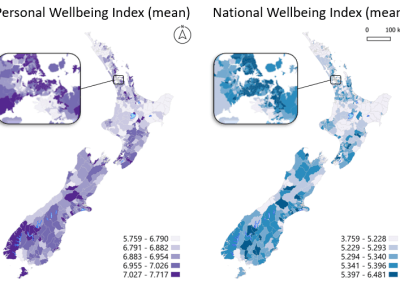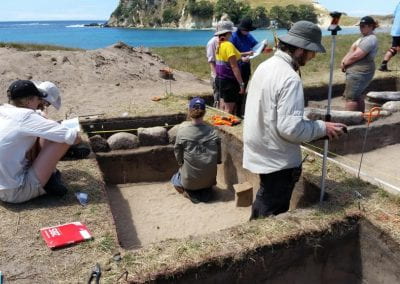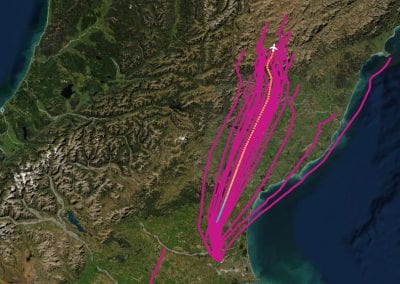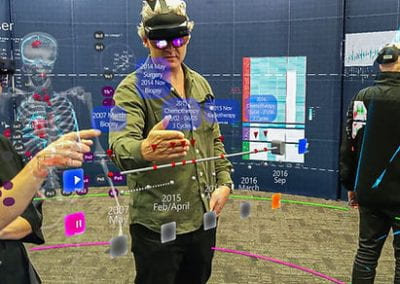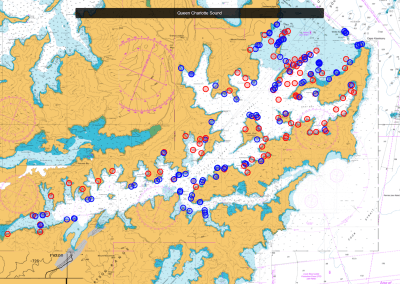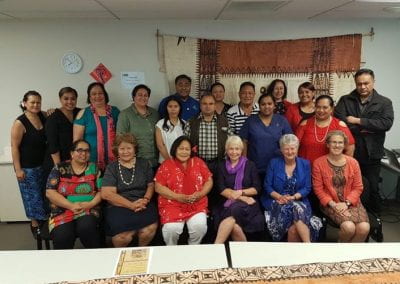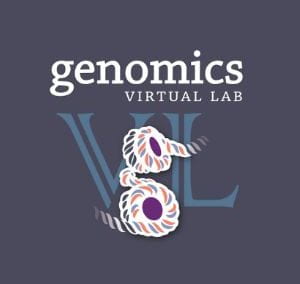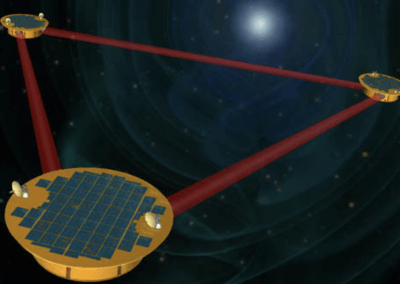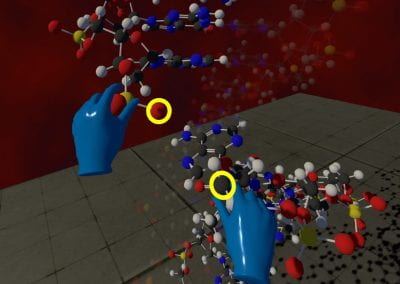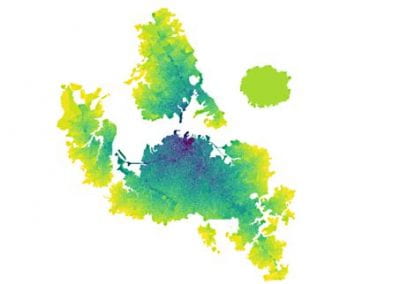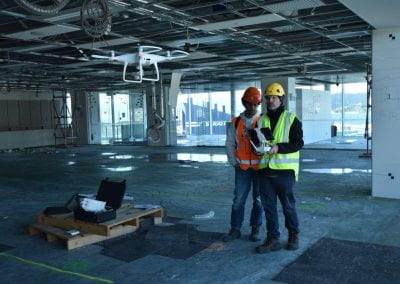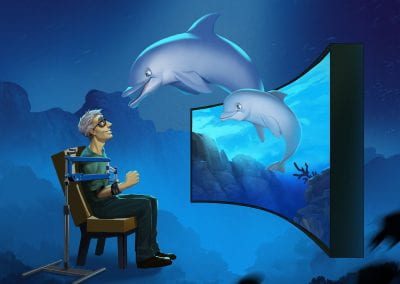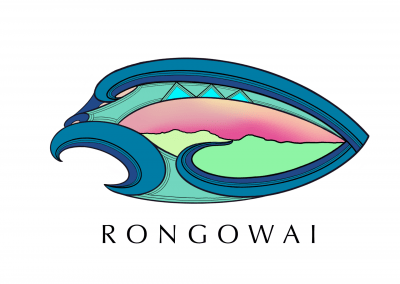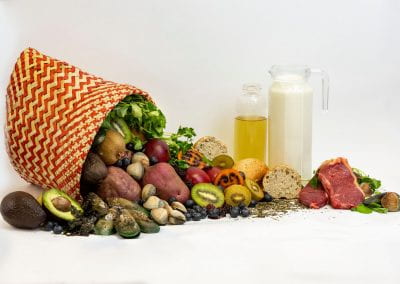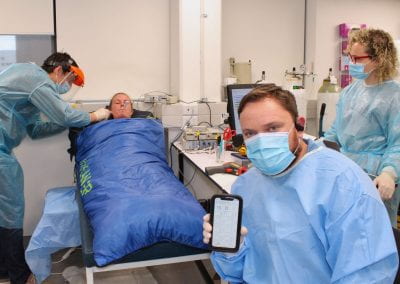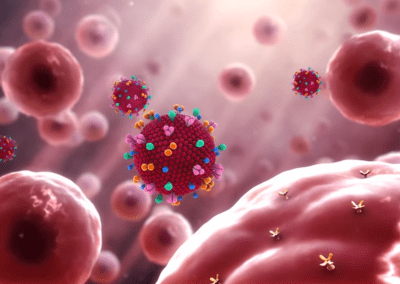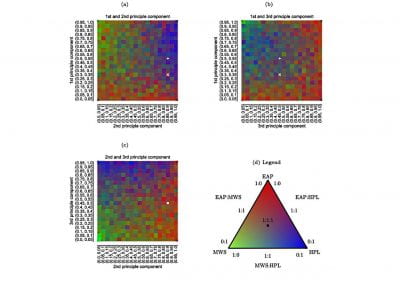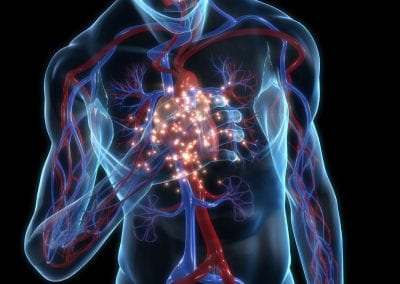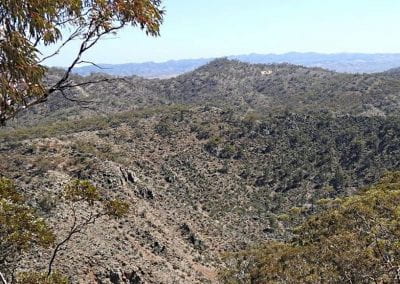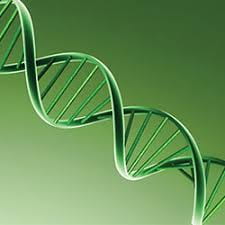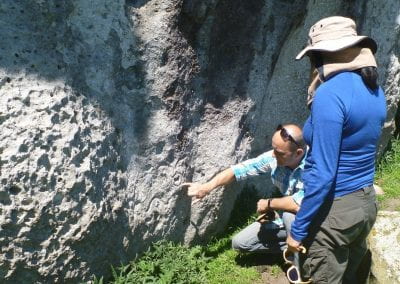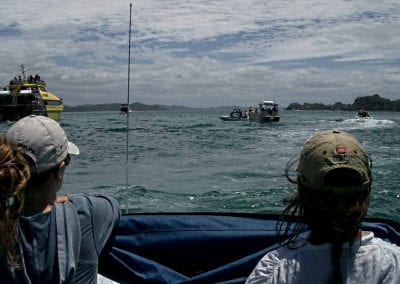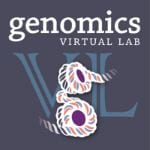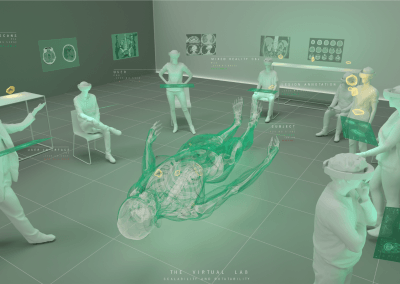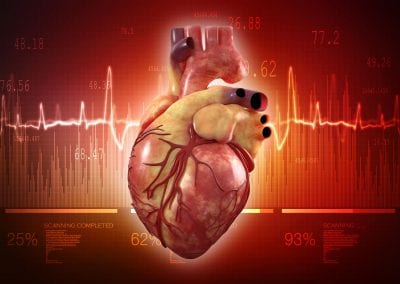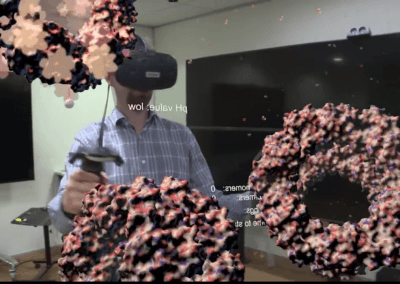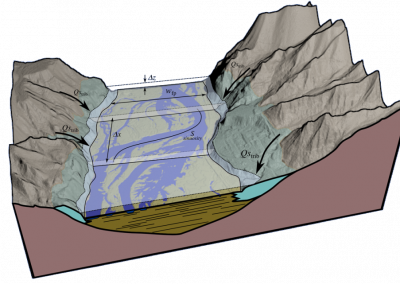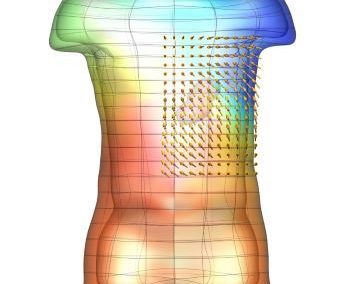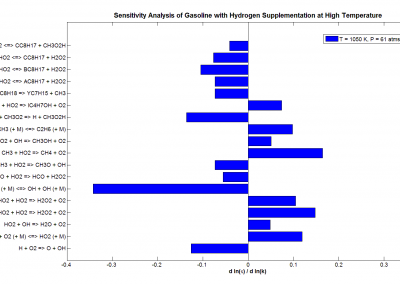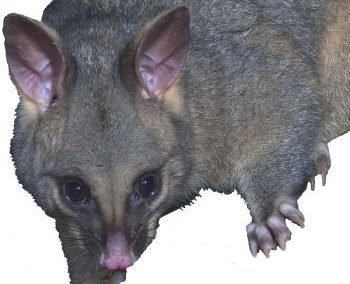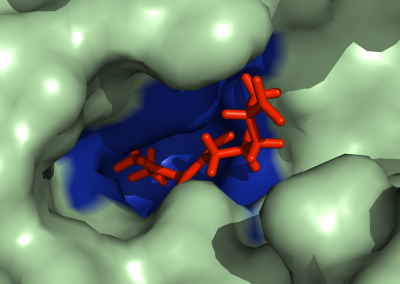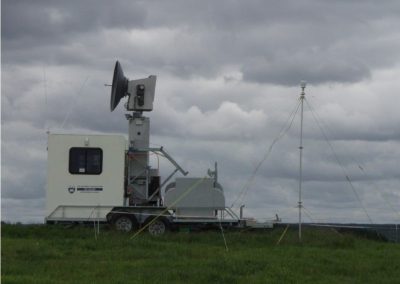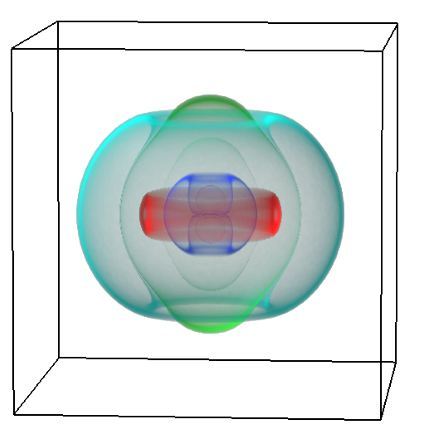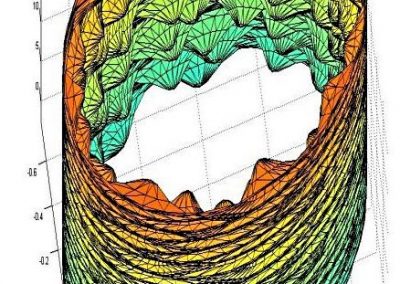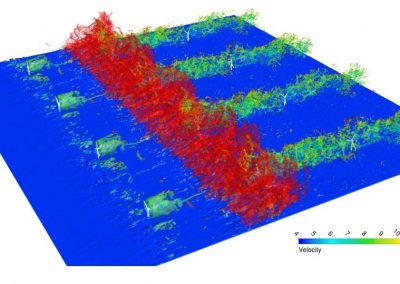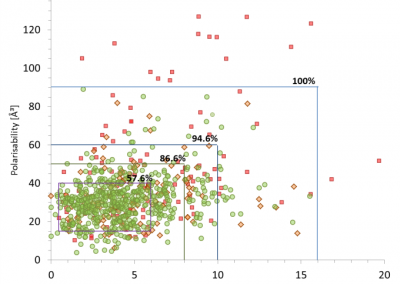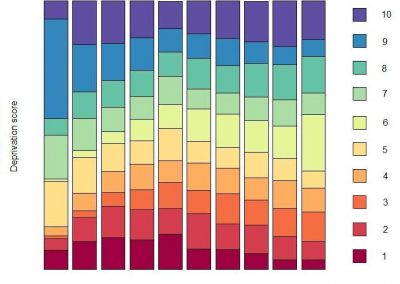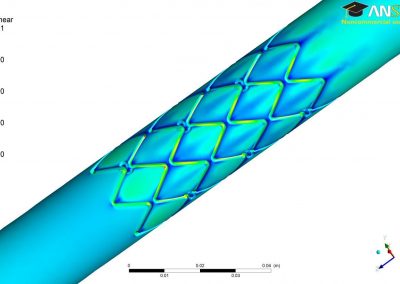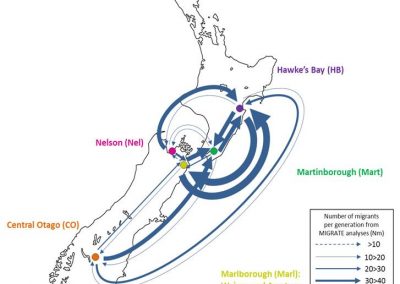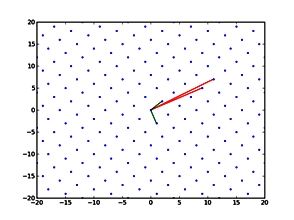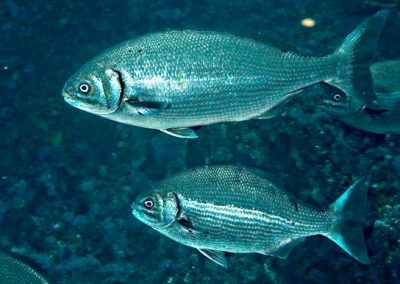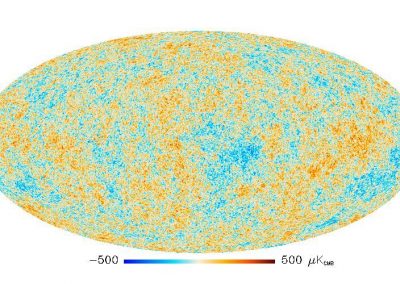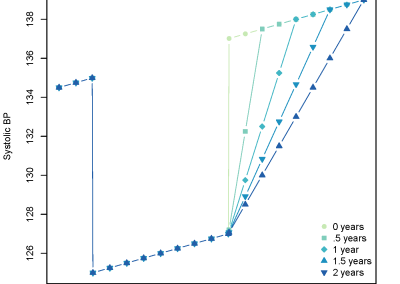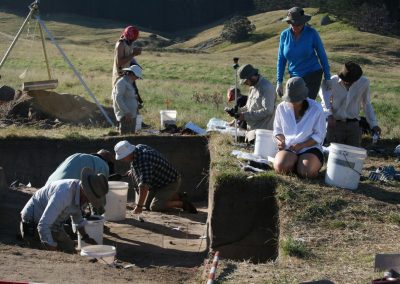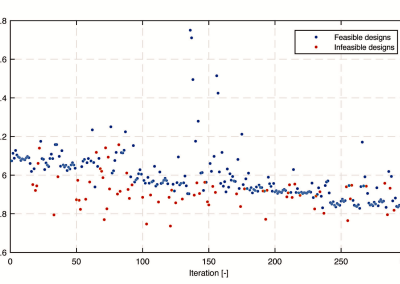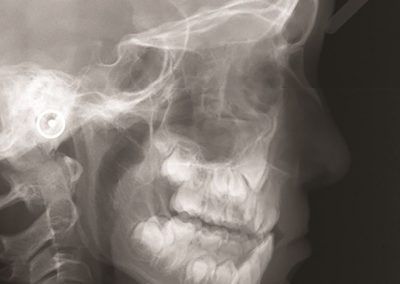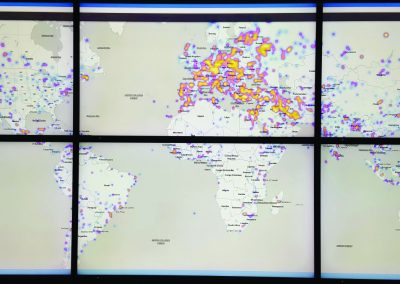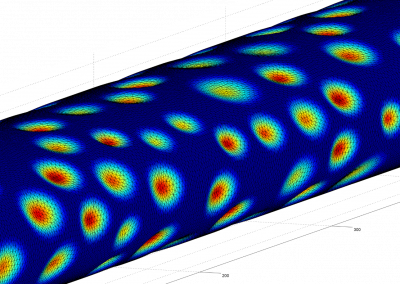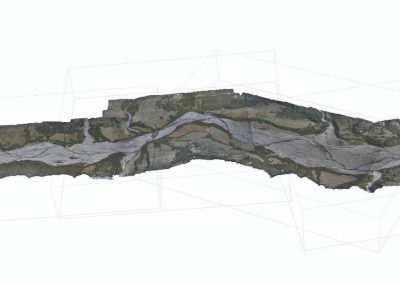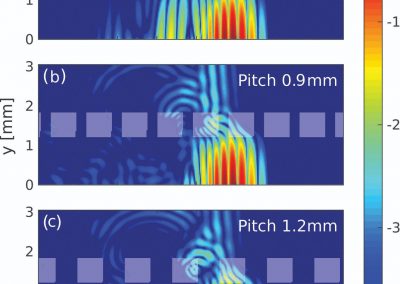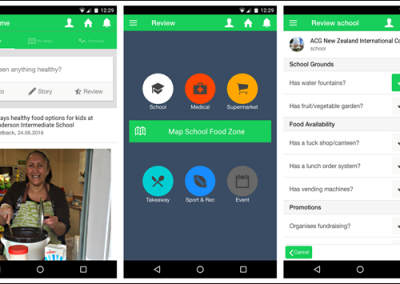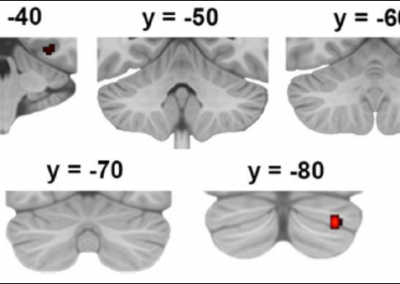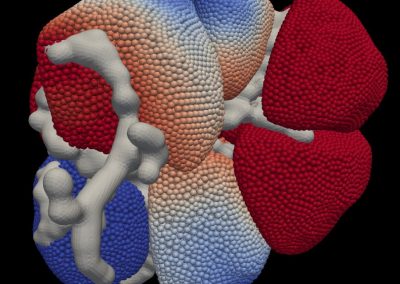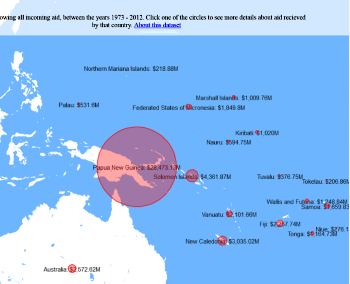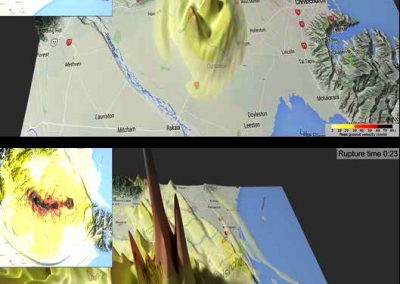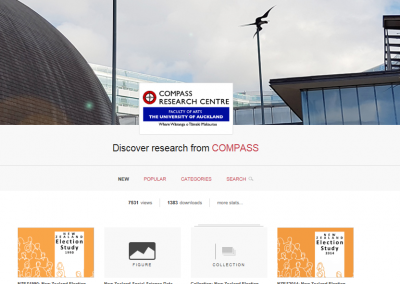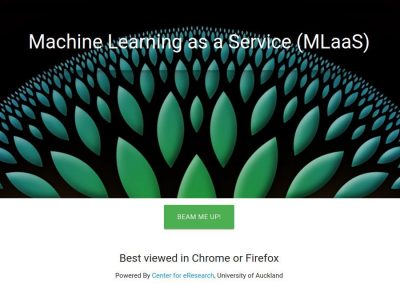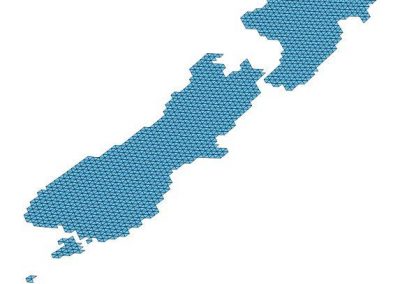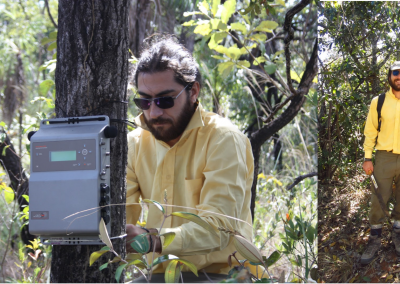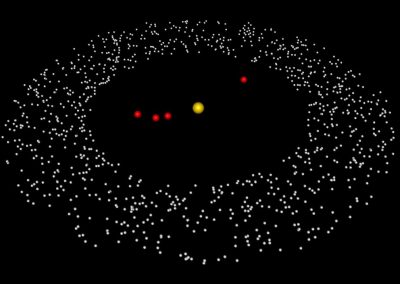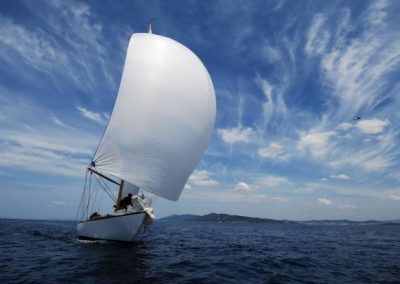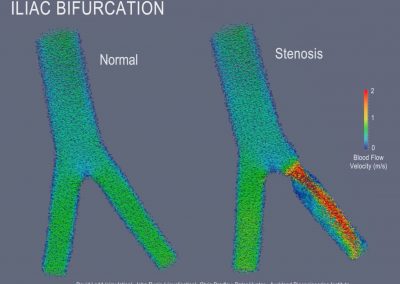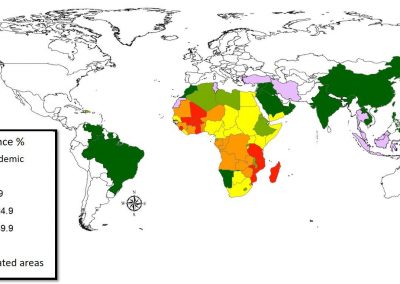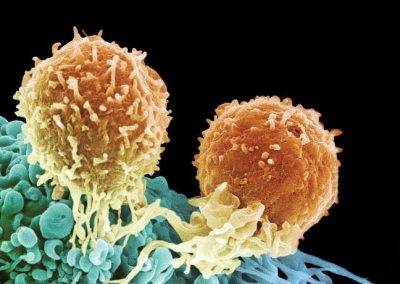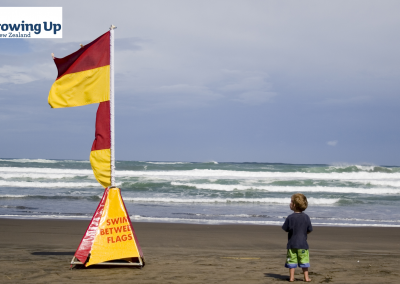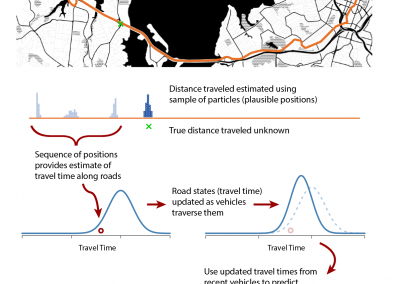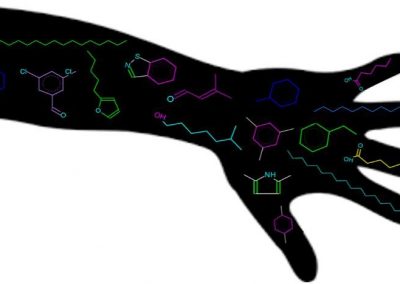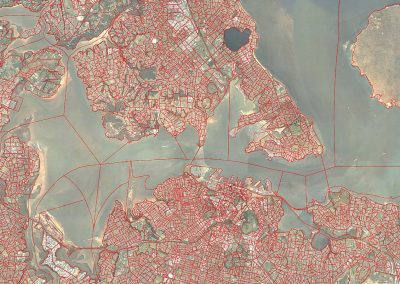
Benefits of linking routine medical records to the GUiNZ longitudinal birth cohort: Childhood injury predictors
Luam Ghebreab, Data Maager – Global Vaccine Data Network (GVDN), Pro VC Bridget Kool, Education; Arier Lee, Biostatistician, Epidemiology and Biostatistics; Honorary Prof Susan Morton, Population Health.
Introduction
Linkage approach
Findings
Mothers tended to underreport injury events, lowering sensitivity, high specificity, and generally lower kappa agreement. The level of agreement between maternal injury recall and ACC injury record was above 90% at 9M with good-adjusted Kappa agreement (k = 0.83) between the two data resources, but despite relatively high levels of agreement (79% and 71% at 24M and 54M respectively), the adjusted Kappa level remained moderate (k = 0.42-0.57).
Additionally, injury rates increased as children aged, with a higher likelihood of underreporting as children reached the preschool stage. This underreporting could often be due to caregivers not witnessing the injury, perceiving minor injuries as unimportant, or a combination of these factors.
This work is published in BMC Medical Research Methodology 23, Article number: 91 (2023)
https://doi.org/10.1186/s12874-023-01900-0

Figure 1. Maternal reports and ACC injury records on injuries from the GUiNZ cohort
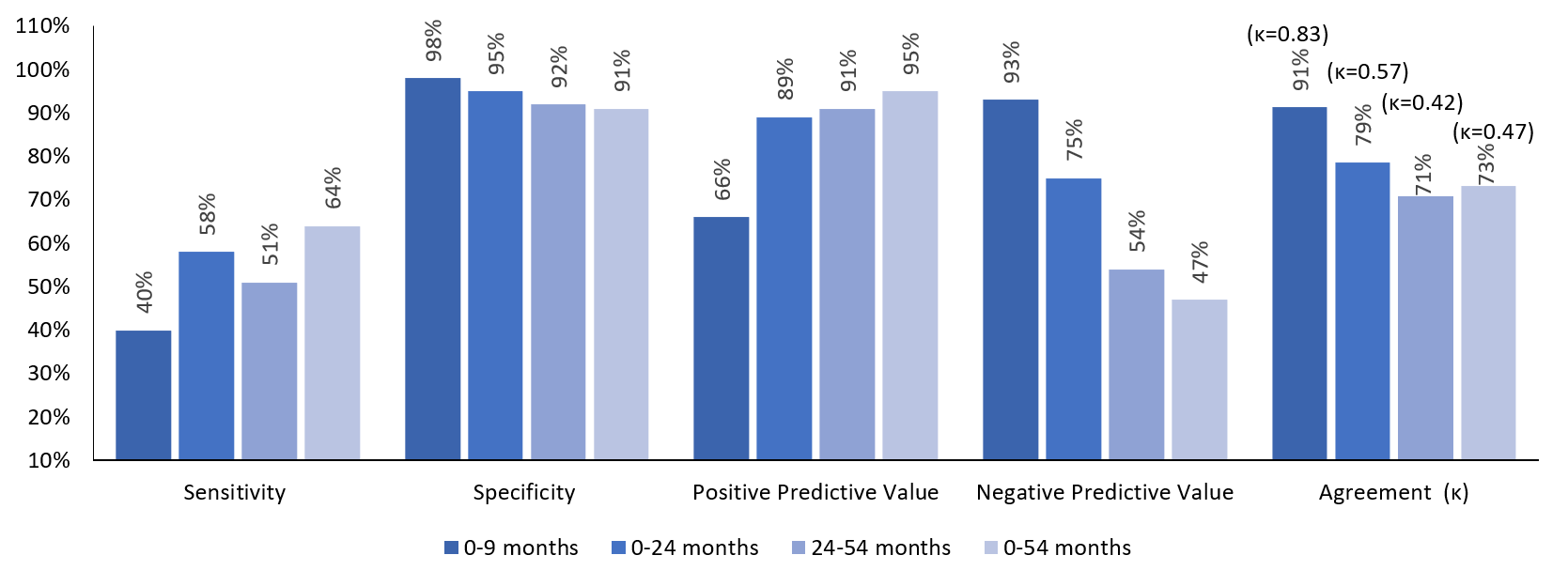
Figure 2. Validity and reliability of maternal report of child injury in the GUiNZ
See more case study projects

Our Voices: using innovative techniques to collect, analyse and amplify the lived experiences of young people in Aotearoa

Painting the brain: multiplexed tissue labelling of human brain tissue to facilitate discoveries in neuroanatomy
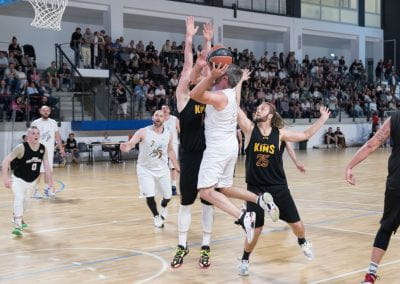
Detecting anomalous matches in professional sports: a novel approach using advanced anomaly detection techniques
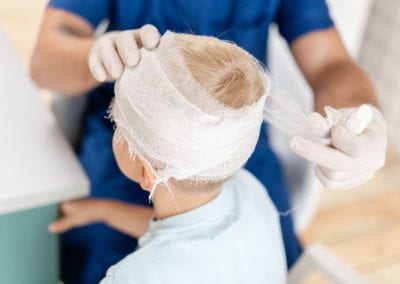
Benefits of linking routine medical records to the GUiNZ longitudinal birth cohort: Childhood injury predictors
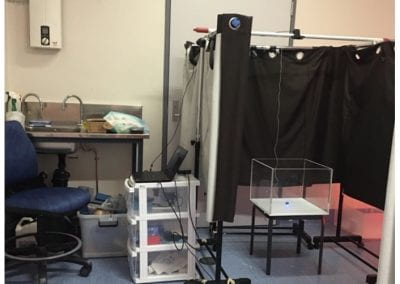
Using a virtual machine-based machine learning algorithm to obtain comprehensive behavioural information in an in vivo Alzheimer’s disease model
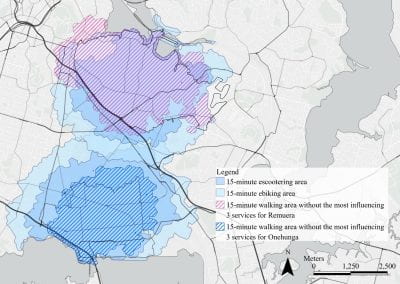
Mapping livability: the “15-minute city” concept for car-dependent districts in Auckland, New Zealand

Travelling Heads – Measuring Reproducibility and Repeatability of Magnetic Resonance Imaging in Dementia
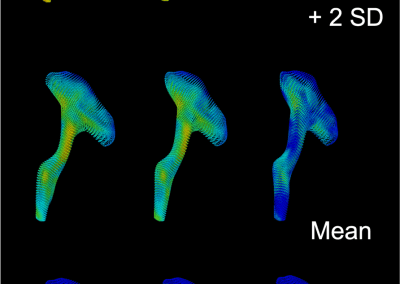
Novel Subject-Specific Method of Visualising Group Differences from Multiple DTI Metrics without Averaging

Re-assess urban spaces under COVID-19 impact: sensing Auckland social ‘hotspots’ with mobile location data

Aotearoa New Zealand’s changing coastline – Resilience to Nature’s Challenges (National Science Challenge)
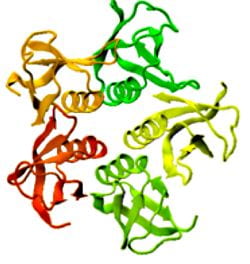
Proteins under a computational microscope: designing in-silico strategies to understand and develop molecular functionalities in Life Sciences and Engineering
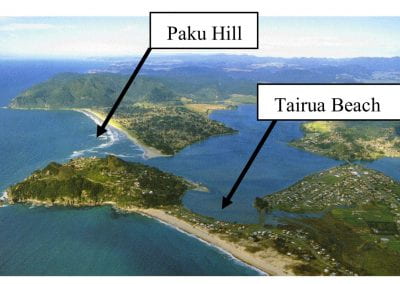
Coastal image classification and nalysis based on convolutional neural betworks and pattern recognition
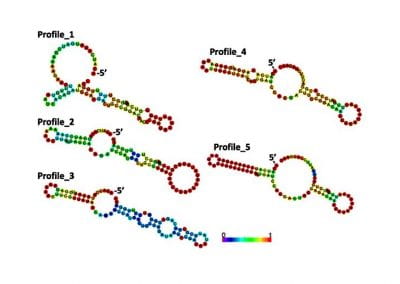
Determinants of translation efficiency in the evolutionarily-divergent protist Trichomonas vaginalis
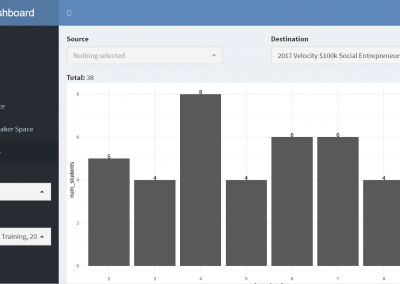
Measuring impact of entrepreneurship activities on students’ mindset, capabilities and entrepreneurial intentions

Using Zebra Finch data and deep learning classification to identify individual bird calls from audio recordings
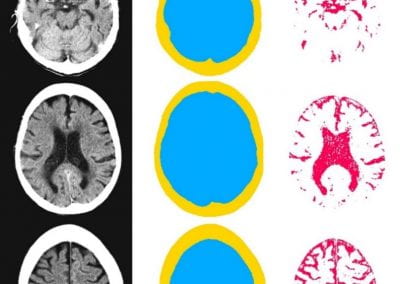
Automated measurement of intracranial cerebrospinal fluid volume and outcome after endovascular thrombectomy for ischemic stroke

Using simple models to explore complex dynamics: A case study of macomona liliana (wedge-shell) and nutrient variations
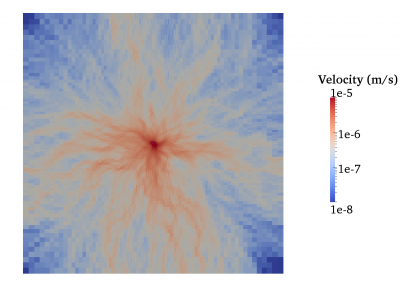
Fully coupled thermo-hydro-mechanical modelling of permeability enhancement by the finite element method

Modelling dual reflux pressure swing adsorption (DR-PSA) units for gas separation in natural gas processing
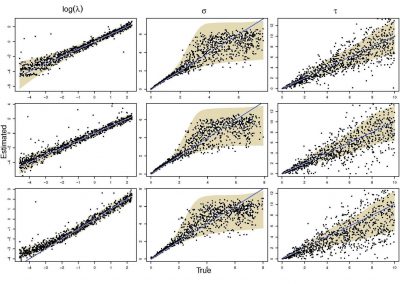
Molecular phylogenetics uses genetic data to reconstruct the evolutionary history of individuals, populations or species
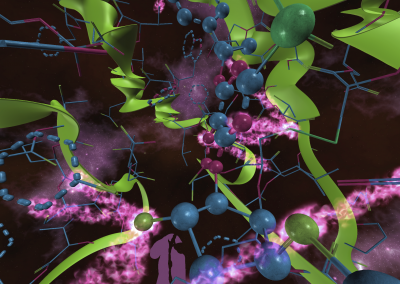
Wandering around the molecular landscape: embracing virtual reality as a research showcasing outreach and teaching tool



















